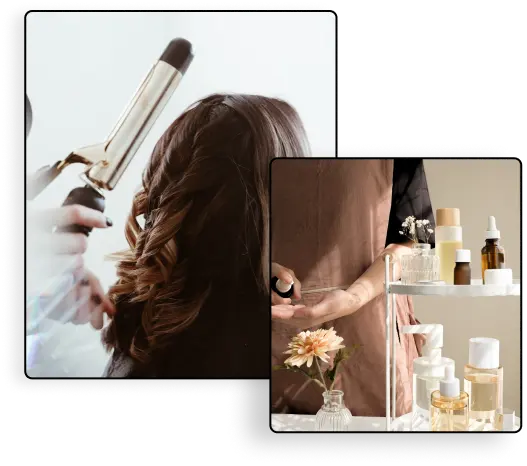A text message will be sent to the recipient containing a link to confirm the appointment after the service fee has been paid. Offers are available for use only from Sunday to Thursday, between 10:00 AM and 2:00 PM, and cannot be used on Fridays and Saturdays.
The gift cart is temporary, so the process must be continued so that the gifts in the cart will not delete later.




